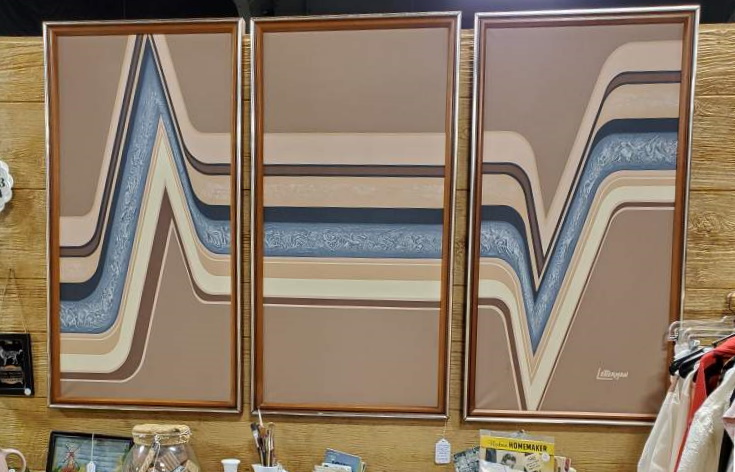Tag: painting
-

Letterman Mid-Century Modern Paintings
It’s not often you find oil paintings with such a well-defined and readable signature, but the one on this triptych we have in our booth at Fargo Antiques and Repurposed Market is clearly LETTERMAN, stylized with extended letters to evoke modernity and motion. And, not only is the name so readable, the signature readily identifies…
-
This Week’s Story: Paint By Numbers & Wundertüte
Hi, I’m Deanna Dahlsad of Fair Oaks Antiques, here with This Week’s Story, and I am a paint by number collector. (If you’d prefer, you can listen to the podcast here.) Many mock paint by number paintings, saying the works are kitsch – meaning they are of poor taste. Even those who love kitsch in…
-
How To Remove Spray Paint from hands
The wifey’s new website devoted to her art & handmade items has launched: Luna.Tique.Boutique. While that was a lot of hands-on creative work, it’s not the same level of physical dirt as creating the mixed media artwork! While LunaTique art is definitely art work with a goth or dark edge, Halloween also approacheth – so…